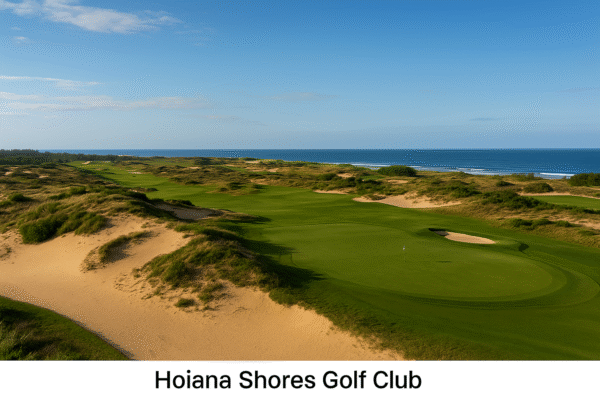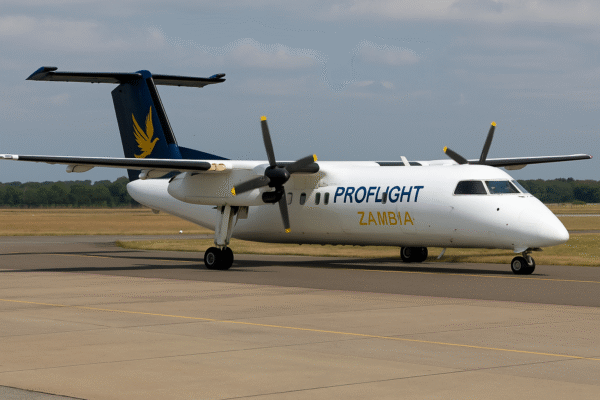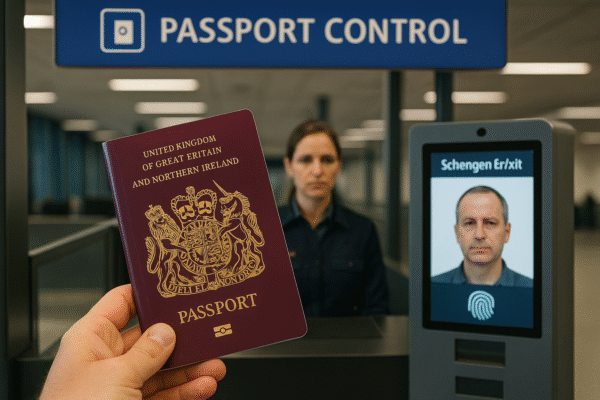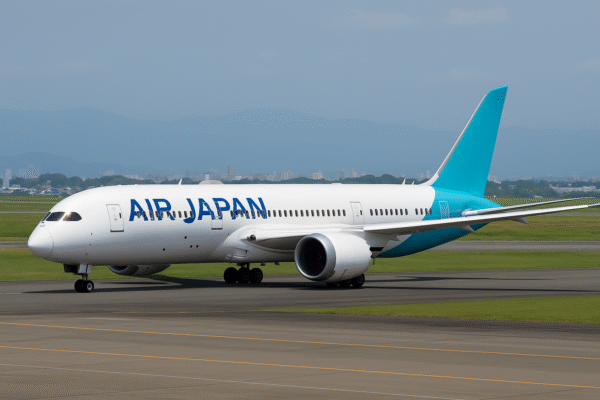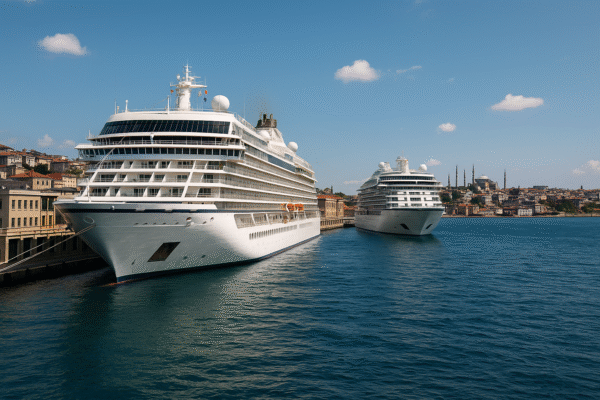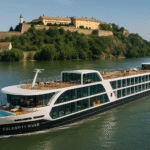Türkiye’s cruise tourism industry is preparing for one of its most successful years in over a decade, with projections indicating more than 2 million cruise passengers will arrive in 2025. This milestone would place the country back at its historic high, last recorded in 2013, when around 2.2 million tourists visited via cruise ships.
Between January and July 2025 alone, Türkiye welcomed over 1 million cruise passengers, brought in by 675 cruise ships—a year-on-year increase of 19 percent. July stood out as a record-breaking month, with more than 326,000 passengers arriving at Turkish ports, marking the highest monthly total in more than ten years.
Rising Cruise Arrivals Across Key Ports
Kuşadası, one of the nation’s busiest cruise destinations, led in passenger numbers with more than 516,000 tourists and 316 ship calls in the first seven months of the year. Istanbul followed closely, hosting 127 ships and over 300,000 passengers during the same period. Bodrum also reported a significant rise, receiving more than 67,000 tourists, while İzmir and Marmaris recorded 52,000 and 22,000 visitors, respectively.
Altogether, Turkish ports saw 490 cruise ships dock during the first half of the year, representing an 18 percent increase compared to the same period in 2024. Passenger traffic also surged by nearly 28 percent to over 730,000 people in the first six months.
Türkiye’s Strategic Location
The country’s geographic position remains one of its strongest assets. Sitting at the crossroads of the Eastern Mediterranean, the Aegean, and the Black Sea, Türkiye offers cruise companies unique routes and diverse experiences. Ports like Kuşadası, İzmir, Bodrum, and Çanakkale are increasingly popular stops for international cruise lines, making the nation a must-visit destination on the regional maritime map.
Istanbul has emerged as more than a stopover—it is fast becoming a departure and turnaround hub for cruise ships. This transformation has been fueled by the development of the modern Galataport, which now allows voyages to begin and end in the city. As a result, visitors extend their stays to explore Istanbul’s cultural and historical attractions, bringing added economic benefits across hospitality, dining, and retail sectors.
Economic Contribution and Spending Power
Cruise tourists are considered high-value visitors due to their spending habits. Beyond sightseeing, many participate in shopping, cultural excursions, and specialized tourism activities. Sectors such as MICE (meetings, incentives, conferences, and exhibitions) and health tourism are also seeing increased demand from this demographic. Türkiye’s luxury hospitality infrastructure, combined with access to wellness resources and high-quality services, positions the country as an attractive destination for niche tourism markets.
This surge in arrivals contributes significantly to local economies. Restaurants, hotels, transport providers, tour operators, and retail outlets all benefit from the inflow of cruise passengers. The wider impact includes job creation, regional development, and a boost in tourism revenues, reinforcing the government’s long-term tourism strategy.
Ambitious Targets for 2025
While the goal of surpassing 2 million passengers is already within reach, industry projections suggest that Türkiye could potentially host up to 2.5 million cruise tourists by the end of 2025 if growth continues at the current pace. This would mark a historic milestone, cementing Türkiye’s role as one of the leading cruise destinations in the Mediterranean.
The Ministry of Transport and Infrastructure has emphasized that ongoing investments in port facilities, improved logistics, and expanded capacity are vital to sustaining this momentum. Enhanced connectivity between ports and inland tourist attractions, coupled with modern services, will ensure a seamless travel experience for visitors.
Diversification and Sustainability
Türkiye is also working to diversify its cruise tourism offerings. In addition to traditional sightseeing, packages are expanding to include cultural heritage tours, gastronomy experiences, wellness retreats, and “Blue Cruises” along the Turquoise Coast. This diversification not only enhances visitor satisfaction but also spreads the benefits of tourism more evenly across regions.
Sustainability is another key focus, with policies aimed at minimizing environmental impact while delivering high-quality experiences. Modernized port facilities and cooperation with international cruise lines are part of this strategy, ensuring Türkiye remains competitive in the global market.
Regional Security and Cooperation
For cruise tourism to thrive, regional security and infrastructure development remain critical. Ensuring safe travel environments, efficient port management, and strong collaboration between government agencies and private stakeholders are necessary for long-term stability. As geopolitical conditions continue to influence travel trends, Türkiye’s emphasis on security and cooperation will play a defining role in its success.
Looking Ahead
Türkiye is on track to reclaim its place among the top global cruise tourism destinations. With over 1 million passengers already welcomed by mid-2025, monthly records being broken, and ambitious targets of 2.5 million visitors by year’s end, the outlook is highly positive.
The transformation of Istanbul into a cruise hub, the success of Kuşadası as a leading port, and the expansion of other coastal gateways are driving this momentum. Combined with high-spending tourists, strategic government investments, and a focus on sustainable tourism, Türkiye is setting the stage for a new golden era in maritime travel.
For more travel news like this, keep reading Global Travel Wire


